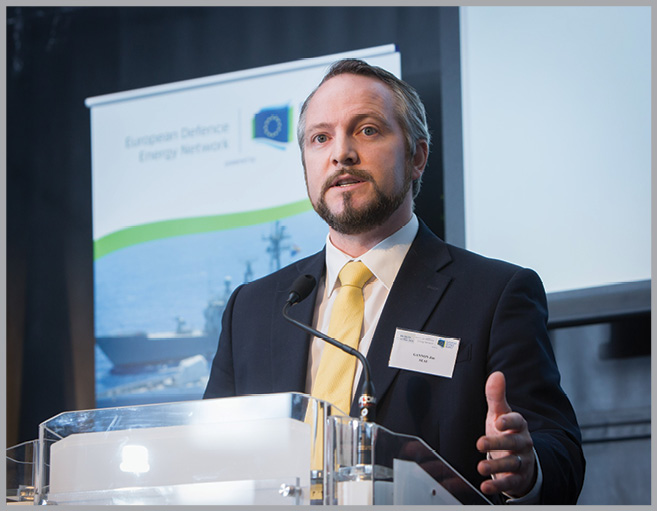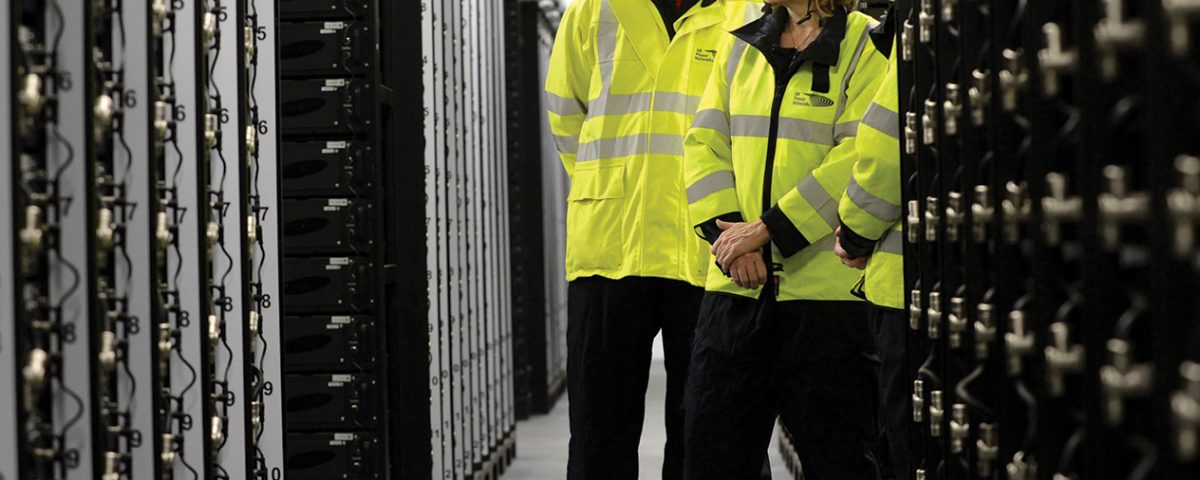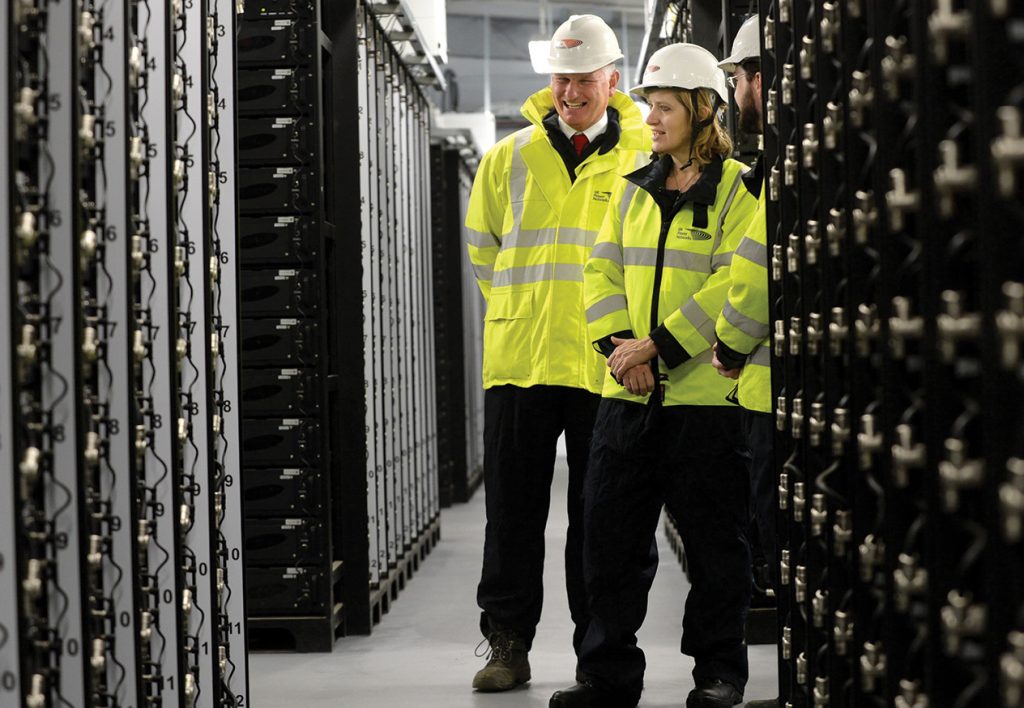
Renewable urgency
8th November 2016
It’s not what I-SEM will do to renewables but what renewables will do to I-SEM
8th November 2016The big battery


As the two-year trial of the UK’s first operating grid-scale storage unit comes to a close, UK Power Network’s Low Carbon Technology Manager, Adriana Laguna, discusses the project’s findings and its fundamental role in shaping the future of energy management.
Located north of London, the Smarter Network Storage (SNS) facility in Leighton Buzzard has been recognised by the National Infrastructure Commission as having a major impact on their bid to further explore the use of storage in the provision of electricity and flexibility via a secure and cost-effective system.
UK Power Networks, the equivalent of Northern Ireland Electricity (NIE), distributes (no transmission) to London, East and South East of England and installed a 6MW/10MWh storage unit to trial several revenue streams and provide data to the networks operators, as well as the industry, on how those streams perform.
Adriana Laguna, who is responsible for the Leighton Buzzard Project, points to five key reasons of why storage has become the energy industry’s ‘hot topic’.
Firstly, she highlights the “historical challenge” of never before being able to store and then use electricity when needed. Secondly, is the potential role of storage in enabling the low carbon transition, allowing a greater renewable uptake for things such as wind and solar. Thirdly, is the capability to provide system stability to the transmission network, balancing generation input with output. Fourthly, it offers an alternative for those operating the distribution network to avoid investing in expensive traditional assets, while build more flexibility by active network management. Finally, is the response speed storage offers. The technology developed at Leighton Buzzard can switch from full import to full export in less than one second.
“What is so beneficial about this kind of project is its ability to bring a large variety of stakeholders across the industry together and prove a concept. Not only to just prove the technology, but to look at the whole picture within the industry and explore, in depth, the commercial and regulatory challenges that come with scaling up such a technical solution,” says Laguna.
The 6MW/10MWh battery was funded by £13.2 million from the Low Carbon Networks Fund, £4 million from UKPN and £1.2 million from other businesses partners and academic institutions. Alongside the previously published status updates, the final report is expected to be published in December with the aim of informing the whole industry on lessons learned to understand how best to design appropriate, cost effective and profitable battery systems.
Speaking about the achievements of the project, Laguna adds: “The project comes to an end this year and we have actually delivered what we set out to do: build a big battery. We are the first storage facility to deliver multiple services to the transmission system operator and we have established the commercial framework that we need to do that. The battery is not only a hardware solution. The software that we have designed in collaboration with the partners enables us to dispatch and to forecast what the battery can do. A key element when deploying storage is being able to programme the battery to react to demand.”
Leighton Buzzard is no longer the only big battery unit in the UK. Earlier this year, AES completed work on a 10MW storage facility at Kilroot power station near Carrickfergus.
Lessons learned
The classification of storage remains unspecified and, as Laguna points out, fitting it into either generation or demand, the two spheres on which the whole regulatory framework is based, has proven a difficult task. As both a consumer and exporter of electricity, the classification of storage is a live conversation across Europe and while there is widespread agreement that a definition is needed, that in itself will spark another debate.
Laguna explains: “Even when you agree amongst a very wide industry of what the definition should be, the question remains as to where you actually publish that definition. There are number of options such as a legislative change or writing it into the grid codes and our project has helped shed light on why a definition is crucial for the regulator to create a rulebook. One example of the complexity is renewable levies. If the battery is buying electricity and then exporting it for further use, then the levy is being paid twice.”
SNS was designed specifically for network support and to defer reinforcement. Usually, a network operator would be forced to expand capacity at the substation to cater for times of peak demand (e.g. in winter between the hours of 5pm and 7pm). However, with the installation of the battery, UK Power Networks could conduct peak shaving, ensuring that the battery was exporting to cover increased demands during peak times while serving as a useful asset to support the transmission network off-peak.

Laguna said: “As well as peak shaving, storage as a technology can supply other services including providing reactive power, helping with electricity losses, providing reserve and operating frequency response. We as a project set out not just to prove the unit could do these things but also to find value in the services.
Commercial value
“A key element of the project was looking at the ability to monetise the value of storage. While the cost of actually building a battery is dropping, it remains a very expensive piece of infrastructure and we aimed to extract the maximum value rather than just conducting peak shaving.”
Over the course of the project, Laguna’s team trialled various business cases and the utilization of the unit. Last summer they operated STOR (Short Term Operating Reserve) in a contract with the National Grid. The conclusion was that simply using storage for STOR was economically unviable as the cost of providing and maintaining the project was higher than the financial income.
A second trial was that of frequency response. Research findings asserted that the National Grid puts a high value on maintaining a stable network frequency and that providing a Fast Frequency Response (FFR) generated a profit.
Laguna concluded: “This project has been fundamental to the storage discussion and I am very proud, that along with our partners, we have put together a project that has attracted interest and developed questions. UK Power Networks has proven through SNS that storage can provide multiple services at a very fast speed which can improve network operation.
“Currently the best value of storage is driven by frequency response and the National Grid have the best leverage to trigger the market. However, there are no drivers for developers to connect storage at specific distribution network locations. DNOs must work collaboratively with the National Grid to ensure we bridge the gap between TSO services provision and DNO potential requirements.
“We must continue to work with BEIS and Ofgem to address the regulatory barriers going forward.”
